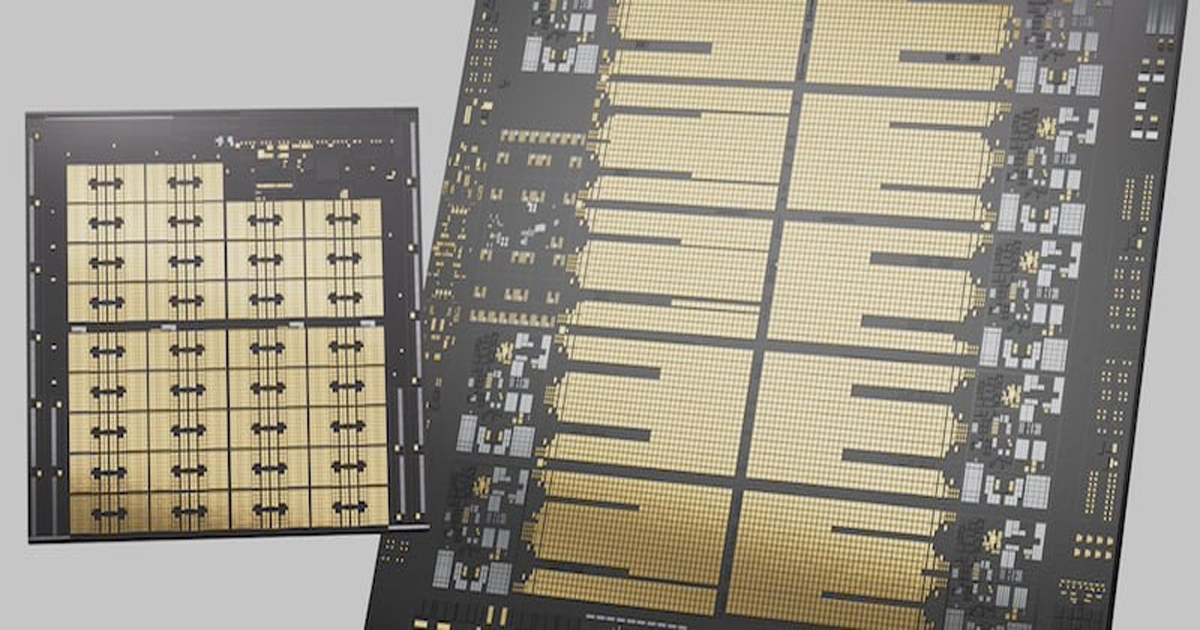Microchip Unveils Trio of Ethernet PHY Transceivers Reaching 40 m
The new transceivers aim to extend cable lengths while maintaining compliance with industry standards.
Microchip recently released three new Ethernet PHY transceivers designed to extend cable lengths and meet the demands of automotive and industrial applications. As these industries become more data-laden, they require long, resilient Ethernet cables that can operate in harsh environments.
Microchip’s LAN887x family. Image used courtesy of Microchip
Historically, these challenges have presented roadblocks to adopting single-pair Ethernet (SPE) applications. Microchip aims to address these limitations with the new LAN887x Ethernet PHY transceivers engineered to support 100BASE-T1 and 1000BASE-T1 network speeds, aligning with the IEEE 802.3bw-2015 and IEEE 802.3bp standards.
Introducing the LAN887x Ethernet PHY Family
Microchip architected the three members of the LAN887x family to handle extended cable lengths, with Type A operation supporting up to 15 meters and Type B operation extending this reach to 40 meters.
The transceiver family integrates time-sensitive networking (TSN) protocols, specifically IEEE 802.1AS-2020 and IEEE 1588-2019. This integration enables precise clock synchronization for real-time applications such as automated industrial systems and advanced automotive networks. Additionally, they comply with ISO 26262 functional safety standards, achieving ASIL B classification.
Microchip optimized the LAN887x family for low power consumption, incorporating the company's EtherGREEN technology. This technology enables energy-efficient operation even at 1,000 Mbps, with features such as the OPEN Alliance TC10 ultra-low-power sleep mode reducing standby power consumption to as low as 16 µA. Furthermore, the devices support both RGMII and SGMII interfaces for design flexibility and simple integration with a wide range of MCUs and SoCs.
The LAN887x transceivers offer enhanced reliability through advanced diagnostic capabilities, including cable fault detection, signal quality indicators, and built-in self-test (BIST) functions.
Challenges With Extended Cable Lengths
Extending cable lengths to 40 meters in Ethernet networks, particularly in single-pair Ethernet applications, presents significant technical challenges.
One of the primary difficulties arises from the increased signal attenuation over longer distances. As the length of the cable increases, the signal loses strength, leading to higher bit error rates and unreliable data transmission. This issue is exacerbated in environments with high levels of electromagnetic interference (EMI), such as industrial settings, where external noise can further degrade the signal quality.
Typical SPE network structures. Image used courtesy of SPE
Another challenge is maintaining the integrity of the signal’s timing. Over longer distances, signal propagation delays can become significant, leading to timing mismatches between the transmitter and receiver. This can cause data packet loss or require complex error correction mechanisms, which can reduce the overall efficiency and speed of the network.
Moreover, longer cable lengths increase the likelihood of impedance mismatches, where the cable's impedance does not perfectly match the network's impedance. This can cause signal reflections, which further degrade the signal quality and reduce the effective data transmission rate. Achieving precise impedance matching over extended distances requires meticulous cable design and high-quality materials, which can increase costs and complexity.
Implications for Network Infrastructure
As industries increasingly require reliable, long-range Ethernet connectivity, the challenges associated with extending cable lengths without compromising performance or reliability become more pressing. Microchip's LAN887x transceivers address these technical hurdles by balancing extended reach with standards compliance. With these new solutions, Microchip hopes to meet the industry’s current demands while setting a new precedent for how Ethernet technologies can evolve to support more complex and data-intensive applications.





.jpg)